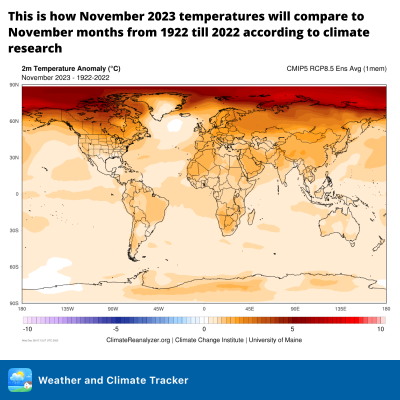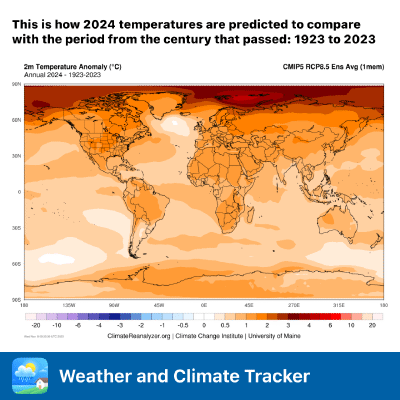


Understanding Hurricane Formation
Introduction When Mother Nature stirs up the sea, hurricanes are born - but what exactly sparks this awe-inspiring process? This guide intends to unravel the mystery behind the formation of these formidable storms. By understanding the initial conditions that set the stage for a hurricane’s birth, we can better anticipate their impact and prepare for their arrival.
Read more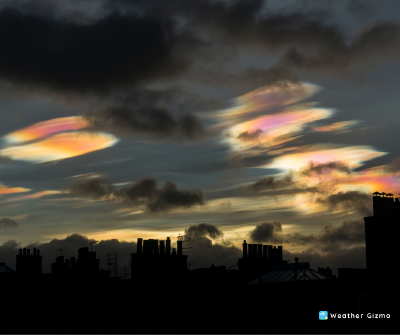
Sky
Meet Nacreous Clouds
Nacreous clouds are a real miracle of the northern latitudes. Nacreous clouds are one of the most beautiful, unusual, and rare natural phenomena. They appear at an altitude of 15 to 27 km at abnormally low temperatures. The best time for observation is at dusk, from the moment the sun sets visibly beyond the horizon line to the moment its center plunge 6 ° below the horizon line.
Read more
Earth
Have You Seen Ice Needles?
Ice needles instead of snow. Did you know that sometimes, instead of ordinary snowflakes, real ice needles can fall from the sky? These are small and very sharp ice crystals that can even cut the skin. They are formed from solidified water droplets and are usually found in Siberia and the Far North.
Read more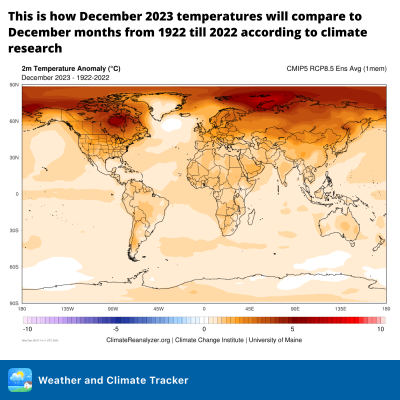
Earth
December 2023 Weather: See How It Stacks Up Historically
Uncover how December 2023’s weather trends compare with the past century.
Read more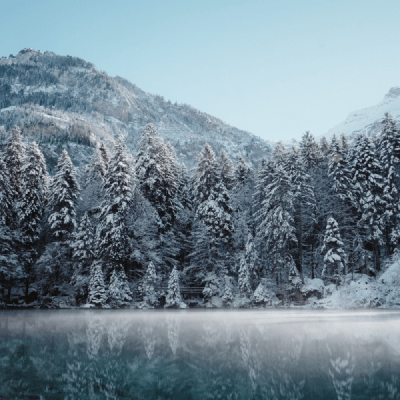
Meteorological vs Astronomical Winter - What's the Difference?
While many associate the winter season with cold weather, snowy landscapes and the holiday season, there is more than one way to define the beginning and end of winter. Meteorologists and astronomers use two different systems to delineate the seasons - meteorological winter and astronomical winter. Let’s explore the key differences between these two definitions of winter.
Read more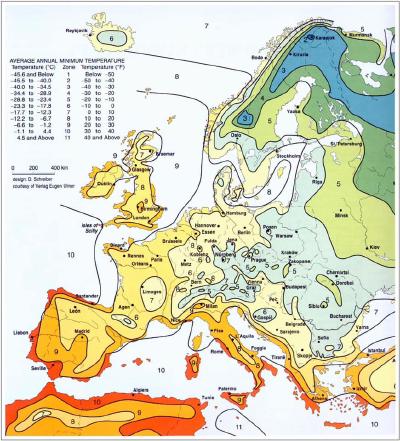
Earth
Minimum Temperatures Across Europe
Most of Europe at least.
Read more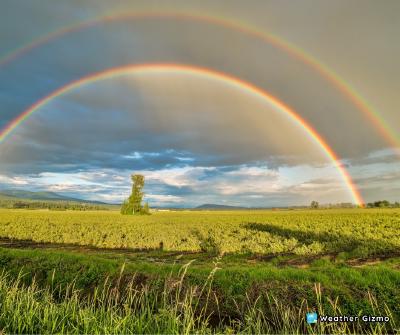
Sky
Have You Ever Seen a Double Rainbow?
Double rainbow is an incredibly beautiful natural phenomenon, but not very frequent, unfortunately. It is caused by the double reflection of sunlight in the raindrops. It is curious that in the second rainbow the colors go in the opposite order: from violet to red. Popular signs consider the double rainbow a very good sign, promising success, and good luck in everything.
Read more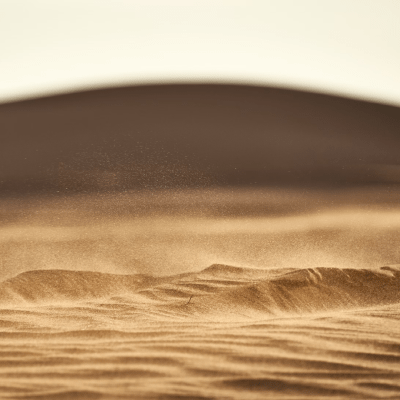
Earth
How Far Can Sand Travel?
Did you know that there is a regular sand service between Africa and America? It turns out that the sands from the Sahara desert annually “travel” across the Atlantic Ocean and settle in the USA and in the Amazon forests. Subequatorial winds carry the sand twice a year: in late spring and early autumn.
Read more
Sky
What Differs Drizzle From Similar Phenomena?
Drizzle is a type of light rainfall characterised by very fine water droplets falling from the sky. It typically occurs when the temperature is above freezing, around 5 to 10 degrees Celsius (41 to 50 degrees Fahrenheit), can also happen at slightly colder or significantly higher temperatures. Light drizzle is common in regions with mild or cool climates, especially during transitional seasons like spring and autumn.
Read more
Sky
Leonid Meteor Shower
The Leonid Meteor Shower is an annual celestial event awaited by stargazers. The Leonid Meteor Shower is named after the constellation Leo, from where the meteors appear to emanate. It occurs when Earth crosses the debris trail left by comet 55P/Tempel-Tuttle. This event is known for its bright meteors and persistent trails left in the sky, providing a spectacular view for observers.
Read more